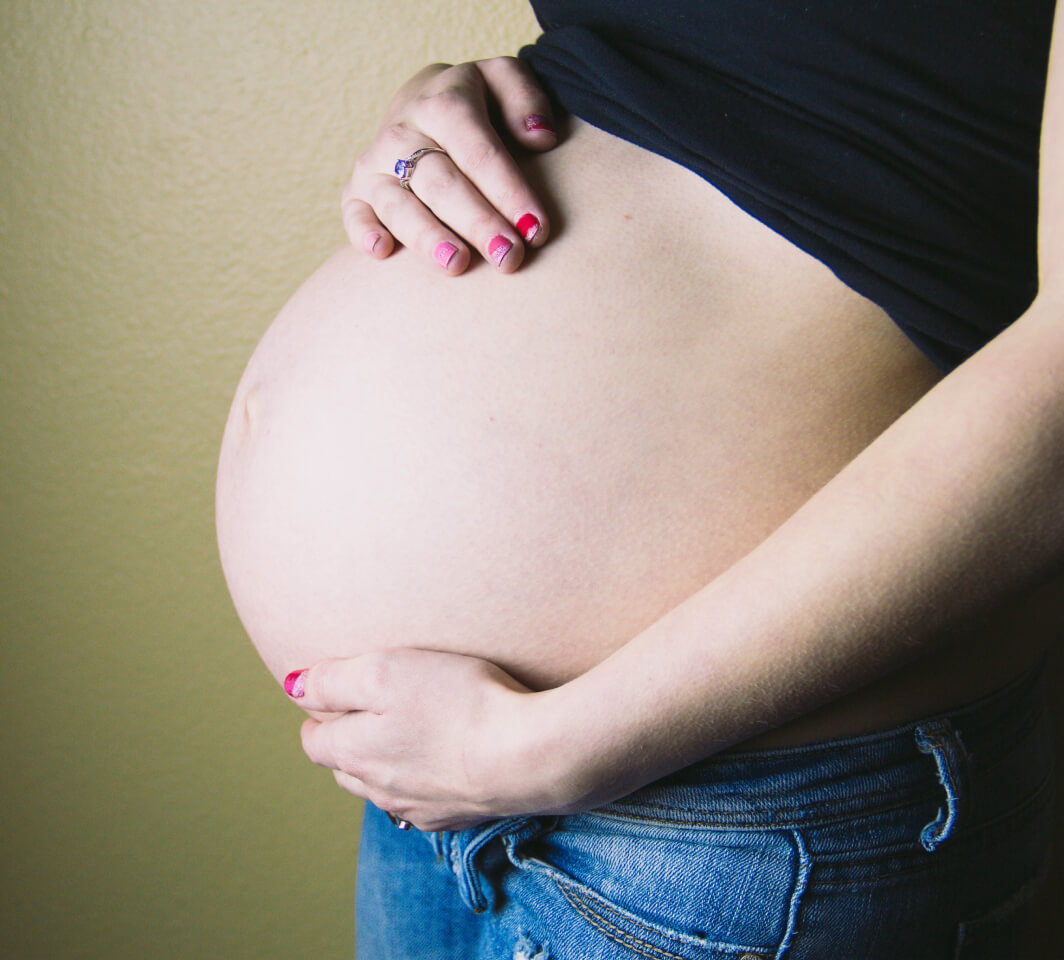The feelings of surprise, heightened anxiety and sometimes denial surrounding the birth of a premature birth are perfectly normal – two mums recount their experiences of going into labour prematurely. This article is part of the DreamBig, an education series by Abbott, which aims to spread awareness on prematurity and help turn small starts into big futures.
You caress your growing baby bump as your child nudges you from inside. You smile because the little movements assure you that your baby is growing big and strong.
Suddenly, your tummy tightens. It’s uncomfortable, but you simply brush it off and think it’ll pass soon.
But the tightening seems to spread to your lower back – that hasn’t happened before. You feel the sensation three more times within the hour, and it swells and occurs more frequently in the succeeding hours. It ultimately feels like waves crashing on top of another.
“I’m only 30 weeks along.” you say to yourself. It’s too early.”
Now you’re stressed – still in denial that you could already be in labour. You consult your doctor. He instructs you to get yourself to the hospital immediately. Within the hour after you arrive, your baby decides it’s time for his big arrival.
“Congratulations, you’re a mum!” the hospital staff greets you. But you have mixed feelings about delivering prematurely – elation, exhaustion, apprehension – as one big question loops in your head: “What’s going to happen to my baby?”
You look longingly at your child as the nurse carts him off to the Neo-natal Intensive Care Unit. You didn’t even get to hold your newborn.




.jpg)

